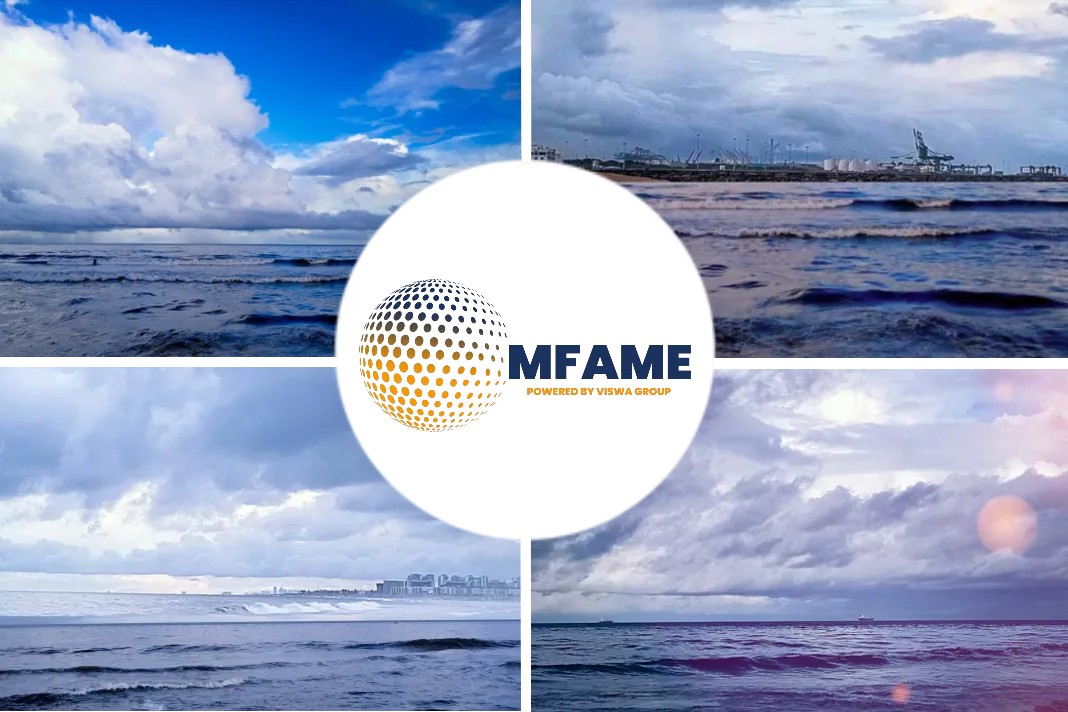As per media reports. the 2020 sulphur cap entered force on 1st January 2020, meaning that a comprehensive approach to compliance is expected by all Port State Control (PSC) regimes. PSC inspections will be conducted according to the IMO PSC procedures, the 2019 guidelines for PSC under MARPOL Annex VI.
PSC Inspection Focus
In order to determine if a ship is compliant, UK P&I Club informs that PSC inspectors will probably focus on documents and procedures maintained on board. In certain jurisdictions, PSC inspectors will carry portable sulphur testing kits and if the results of these tests are inconclusive or indicate possible non-compliance then additional sampling will take place for verification ashore.
For this reason, crewmembers must be familiar with the new regulations, related documentation and procedures, and have the ability to demonstrate this knowledge to a PSC inspector.
Bunker Delivery Notes and Fuel Sampling
Details of fuel delivered on board for combustion purposes should be recorded through a BDN, which should be accompanied by a Representative Sample of the fuel delivered. The majority of vessels will also take commercial samples in the normal way. The Representative Sample is to be sealed and signed by the supplier’s representative and the Master upon completion of bunker delivery and retained on board until the fuel has been substantially consumed, but in any case for not less than twelve months from the time of delivery. BDNs and associated samples should be easily identifiable and filed properly on board. BDNs should be kept on board for at least three years after the fuel has been received on board.
For Higher Sulphur Content
In situations where the Commercial Samples (taken during bunkering) indicate a higher sulphur content than noted on the BDN then the flag administration and PSC at destination need to be notified in writing in a timely manner, with the ship possible to already having sailed by the time these test results are known. In case of any further investigation by PSC, the Representative Sample will be used by PSC for further verification procedures and the ship may be ordered to de-bunker the fuel at the next port.
In addition, every ship of 400 GT and more must have an International Air Pollution Prevention Certificate. The IAPPC, and Supplement, confirms that a ship and its equipment comply with the requirements of MARPOL Annex VI. The Supplement to the IAPPC describes the way in which the control of emissions from the ship is achieved. If a ship is using equivalent emission abatement methods, these should be specified in the Supplement and listed under section 2.6.
Procedures for fuel change-over
Ships burning different fuels to comply with the 2020 requirements while entering or leaving an ECA should carry written procedures describing how the fuel change-over is being performed. These procedures should enable enough time for the fuel service system to be fully flushed of all fuel that is over the applicable sulphur limit, before entering into an ECA.
Fuel change-overs should also be recorded in detail in the log book, as prescribed by the Flag administration. Items to be recorded contain the volume of low sulphur fuel in each tank, the date, time, and position of the ship when change-over has been completed before the entry into the ECA, or commenced after exit from the ECA.
Shipboard Implementation Plan
As the UK Club says, this is not a mandatory document, but it is recommended as PSC may consider the preparatory actions described in it when verifying compliance.
This document is specific to a particular ship and describes:
- Risk assessment, mitigation plans and impact of new fuels;
- Details of fuel oil system modification;
- Tank cleaning plan;
- Fuel capacity and segregation capability;
- Procurement of compliant fuel;
- Fuel oil change-over plan from conventional HSFO to 0.5% fuel;
- Documentation and reporting procedures;
- Tank plans and piping diagrams.
These plans will help PSC Inspectors understand if the fuel change-over has been undertaken correctly, especially when used along with the fuel logs and BDNs. In addition, the capacity plan, tank sounding tables and/or the stability information book will also provide the PSC Inspectors useful information. Plans and piping diagrams should be updated in case of any modifications or new equipment.
FONAR
Any FONAR application along with correspondence with flag and next port PSC should be available on board. However, a FONAR should be used only as a last resort and should not be used repeatedly. Condition for approval of FONAR is expected to be very strict and repeated applications by a particular operator will attract negative attention.
ECDIS and navigation charts
Lastly, preservation of voyage details can enable the PSC Inspectors to understand the navigation of the ship and verify compliance. ECDIS routes and related navigational activities and daily reporting communications should all be kept on board for interrogation by the PSC.
Did you subscribe to our daily newsletter?
It’s Free! Click here to Subscribe!
Source: AS Safina Online























